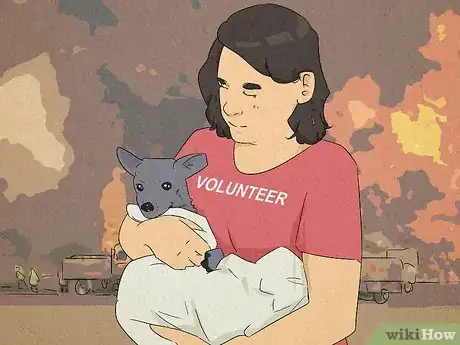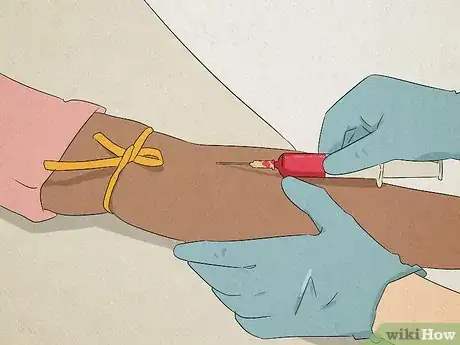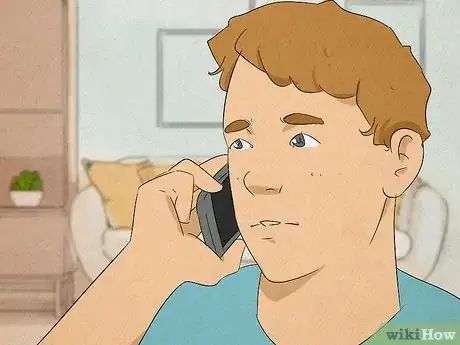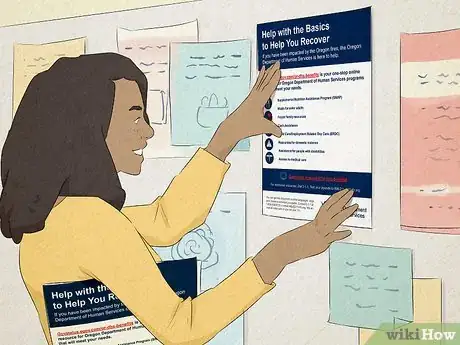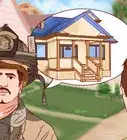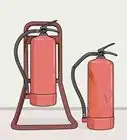This article was co-authored by Direct Relief and by wikiHow staff writer, Megaera Lorenz, PhD. Direct Relief is an award-winning humanitarian aid organization, active in all 50 states and more than 80 countries. They focus on helping people affected by emergencies and natural disasters. Direct Relief has been highly rated by Charity Navigator, GuideStar, and the Center for High Impact Philanthropy at University of Pennsylvania, for their effectiveness, efficiency, and transparency.
There are 16 references cited in this article, which can be found at the bottom of the page.
This article has been viewed 3,809 times.
With droughts and record high temperatures triggering a rash of wildfires across the globe, you may be wondering how to help. Fortunately, there are plenty of things you can do to make a difference. In this article, we’ll guide you through some of the best ways to assist people impacted by these devastating fires.
Steps
Donate money to a reputable charity.
-
Look for charities that directly help the affected area. Donating money is one of the easiest and most impactful ways to help the victims of wildfires. But before you donate to a charity or relief organization, do your research. Read information on the charity’s website about where your money will be going, and look at websites like https://www.charitywatch.org/ and https://www.charitynavigator.org/ to determine if the organization is reputable.[1] X Trustworthy Source Consumer Reports Nonprofit organization dedicated to consumer advocacy and product testing Go to source
- For instance, a few reputable organizations that are currently providing wildfire relief in the western U.S. include Direct Relief, Save the Children, Heart to Heart International, and the Oregon and California Community Foundations.[2] X Research source
- Many of these organizations also aid wildfire victims outside the U.S. For example, Direct Relief and Global Giving are both highly rated organizations that are currently raising funds to address the wildfire crisis in Australia.
Set up recurring donations.
-
It can take years for a community to recover after a fire. Instead of making a one-time donation, consider signing up for regular, recurring contributions.[3] X Trustworthy Source Consumer Reports Nonprofit organization dedicated to consumer advocacy and product testing Go to source Many charities offer an option to donate yearly, monthly, or even biweekly.
- Your recurring contributions can help cover a wide variety of costs associated with rebuilding after a fire. For instance, the money may go towards building affordable housing, restoring important community services (such as water and sanitation), and helping individuals and small businesses get back on their feet.[4] X Research source
Research crowdfunding campaigns before donating.
-
Beware of scammers. Crowdfunding may seem like a great way to help people directly, but there’s a risk that your money won’t go where it’s really needed. Unless you know the person running the campaign, be cautious. Look up the person/people or organization involved and find out as much about them as you can. Trust your instincts if anything seems “off.”[5] X Trustworthy Source Federal Trade Commission Website with up-to-date information for consumers from the Federal Trade Commisson Go to source
- Try searching for reviews of the organization or campaign, or do a search with their name and the word “scam” to see what comes up.
- You can also try contacting the person in charge of the campaign directly and asking them questions about how your donation will be used.
Ask before donating non-cash items.
-
Most charities prefer getting cash donations. Before you give food, clothing, or other items, call the organization you want to donate to and find out if they’re really needed. Charities and relief organizations can usually make a dollar stretch a lot farther than a non-cash donation.[6] X Research source
- If you want to give goods, it’s usually best to donate to local organizations. For example, local shelters, food banks, schools, community centers, or places of worship might be looking for canned food, furniture, toys and books, or gently used clothes.
- Keep in mind that even organizations that normally accept material donations might have temporarily changed their policies due to COVID safety concerns. For instance, as of August 2021, the Oregon Food Bank is only accepting cash donations from individual donors (although they’re still accepting corporate food donations).
Volunteer your time.
-
Call local organizations and ask how you can help. For example, you may be able to help distribute supplies from your local food bank, help first responders with search and rescue efforts, or assist at a blood drive.[7] X Research source If you’re not sure who might need your help, do a search online for volunteer opportunities in your area.
- Check the Red Cross Volunteer Role Finder database to find local opportunities: https://www.redcross.org/volunteer/volunteer-role-finder.html
- If you have any special skills or training, look for ways to use them. For instance, in the U.S., if you have CERT (Community Emergency Response Teams) training, you can help with search and rescue and other emergency response operations.[8] X Research source
-
There’s always a need for blood donations after a disaster. Donating blood can be a big help even if you don’t live in the area affected by the fires. Contact your local Red Cross chapter and find out if they have any upcoming blood or platelet donation drives.[9] X Research source
- In the U.S., you typically need to be at least 17 years old and in good health to donate blood. You can find more information about donor eligibility requirements on the Red Cross website.[10] X Trustworthy Source Red Cross Blood Donation Services Website run by the Red Cross Organization providing information about how and where to donate blood safely Go to source
- If you don’t want to donate to the Red Cross, consider giving blood at a local blood bank or hospital. You can also donate through organizations such as Vitalant, AABB, or America’s Blood Centers.
Provide shelter.
-
Many people struggle to find places to stay after a fire. If you can, consider opening your home to individuals or families who have lost their homes and have no place to go. If you’re not sure how to get started, sign up as a host with an organization like Airbnb.org.[11] X Research source
- Humans aren’t the only ones in need of temporary homes after a wildfire. You might also offer to foster rescued pets, or watch pets for people staying in shelters or transitional housing where animals aren’t allowed. Reach out to your local Humane Society, pet shelter, or rescue organization to find out how you can help.
Offer emotional support.
-
Experiencing a wildfire can be deeply traumatic. If you know anyone personally who’s been affected, reach out and ask what you can do to help—even if it’s just lending a sympathetic ear.[12] X Trustworthy Source American Psychological Association Leading scientific and professional organization of licensed psychologists Go to source If you’re not sure how to help them, give them the number to a crisis hotline, such as the SAMHSA Disaster Distress Helpline at 1-800-985-5990. Or, call the helpline yourself for advice on how to help.[13] X Trustworthy Source Substance Abuse and Mental Health Services Administration U.S. government agency whose mission is to reduce the impact of substance abuse and mental illness on America's communities. Go to source
- You can also volunteer with organizations that offer emotional support to disaster survivors, such as the Red Cross, the Medical Reserve Corps, the National Suicide Prevention Lifeline, and Voluntary Organizations Active in Disaster (VOADs).[14] X Research source
Share information about useful resources.
-
Wildfire survivors don’t always know what their options are. You may be able to help simply by pointing them in the right direction. Contact local relief organizations and government offices to find out if you can distribute flyers or make calls to wildfire victims to share useful information. For example:
- The Oregon Department of Human Services offers printable flyers with information about government assistance for wildfire survivors.[15] X Trustworthy Source State of Oregon Official website for the State of Oregon Go to source
- The California Department of Insurance has put together a list of resources specific to wildfire-related insurance issues.[16] X Research source
- If you know someone affected by wildfires in British Columbia, you can direct them to one of the local Emergency Support Services reception centers listed on the Emergency Info BC website.[17] X Research source
You Might Also Like

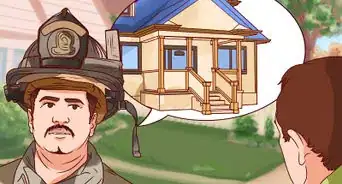

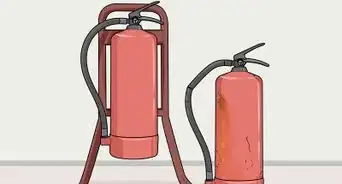





-Step-11-Version-2.webp)
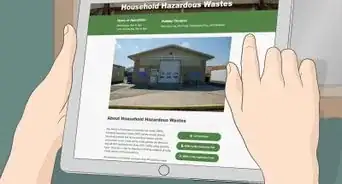
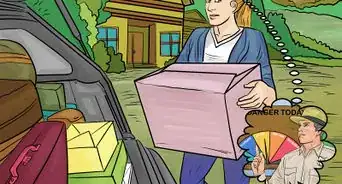


References
- ↑ https://www.consumerreports.org/charities/how-to-help-those-affected-by-california-wildfires/
- ↑ https://www.charitynavigator.org/index.cfm?bay=content.view&cpid=7574
- ↑ https://www.consumerreports.org/charities/how-to-help-those-affected-by-california-wildfires/
- ↑ https://www.americanprogress.org/issues/green/reports/2019/07/25/472738/fire-vulnerable-communities-respond-rebuild/
- ↑ https://www.consumer.ftc.gov/articles/donating-through-crowdfunding-social-media-and-fundraising-platforms
- ↑ https://www.charitynavigator.org/index.cfm?bay=content.view&cpid=335
- ↑ https://www.nbcnews.com/better/news/how-help-victims-california-wildfires-ncna936911
- ↑ https://www.ready.gov/get-involved
- ↑ https://www.redcross.org/local/california/los-angeles/about-us/news-and-events/press-releases/local-volunteers-and-blood-donors-needed--for-busy-wildfire-seas.html
- ↑ https://www.redcrossblood.org/donate-blood/how-to-donate/eligibility-requirements.html
- ↑ https://www.airbnb.org/get-involved/
- ↑ https://www.apa.org/topics/disasters-response/wildfires
- ↑ https://www.samhsa.gov/find-help/disaster-distress-helpline
- ↑ https://www.vibrant.org/volunteer-opportunities-in-disaster-emotional-care/
- ↑ https://www.oregon.gov/dhs/BUSINESS-SERVICES/BCMP/Documents/ODHS%20fire%20benefits_flyer.pdf
- ↑ http://www.insurance.ca.gov/01-consumers/140-catastrophes/WildfireResources.cfm
- ↑ https://www.emergencyinfobc.gov.bc.ca/wildfires-2021.
About This Article





